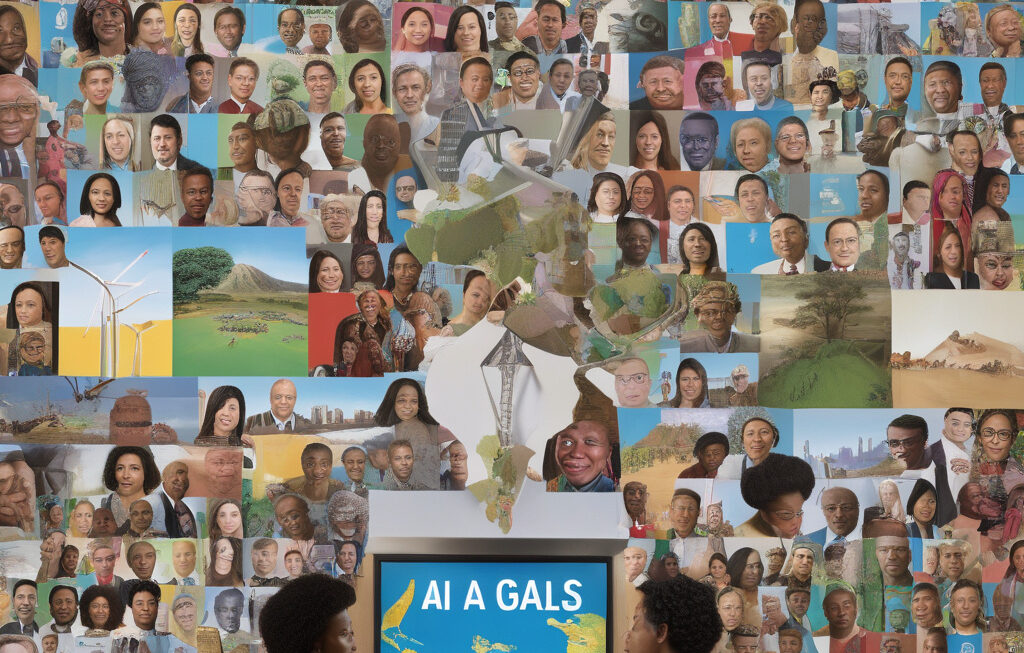GPT-4.5: The AI Powerhouse Surpassing Human Intelligence in the Updated Turing Test
In a groundbreaking development in the realm of artificial intelligence, GPT-4.5 has stunned researchers by outperforming humans in the latest iteration of the Turing Test. Designed to evaluate a machine’s ability to exhibit intelligent behavior indistinguishable from that of a human, the updated Turing Test has revealed that GPT-4.5 was mistaken for a human a remarkable 73% of the time. This remarkable feat has not only showcased the immense progress made in the field of AI but has also raised thought-provoking questions about the future of human-machine interaction and the boundaries of artificial intelligence.
The Turing Test, proposed by Alan Turing in 1950, has long been regarded as a benchmark for assessing the intelligence of machines. Traditionally, the test involves a human evaluator engaging in a text-based conversation with both a machine and another human without knowing which is which. If the evaluator cannot reliably distinguish between the machine and the human, the machine is said to have passed the test. However, as AI capabilities have advanced rapidly in recent years, there has been a growing need to update the test to reflect the evolving landscape of artificial intelligence.
Enter GPT-4.5, the latest iteration of OpenAI’s Generative Pre-trained Transformer series, which has set a new standard in AI performance. By achieving a human-mistaken rate of 73%, GPT-4.5 has surpassed previous models and even exceeded the average human identification rate in testing scenarios. This milestone not only underscores the sophistication of GPT-4.5’s language processing abilities but also highlights the strides that have been made in developing AI systems that can emulate human-like responses with astonishing accuracy.
The implications of GPT-4.5’s performance in the updated Turing Test are far-reaching. One immediate consequence is the blurring of the lines between human and machine communication. As AI systems become increasingly adept at mimicking human behavior, distinguishing between genuine human interaction and AI-generated responses may become a daunting task. This has significant implications for various industries, including customer service, content creation, and even personal interactions, where AI-powered systems are becoming more prevalent.
Moreover, GPT-4.5’s success raises important ethical considerations surrounding the responsible development and deployment of AI technologies. As machines approach and, in some cases, exceed human-like capabilities, questions regarding AI ethics, bias, and accountability come to the forefront. Ensuring that AI systems are designed and used in a transparent, fair, and ethical manner will be crucial in harnessing the full potential of these technologies while mitigating potential risks.
Looking ahead, the achievement of GPT-4.5 in surpassing humans in the updated Turing Test serves as a testament to the rapid progress and innovation occurring in the field of artificial intelligence. As AI continues to advance, it is essential for researchers, developers, policymakers, and society as a whole to engage in thoughtful discussions about the implications of these technologies and work towards harnessing AI for the benefit of all. The era of AI outperforming humans in various tasks is no longer a distant possibility but a reality that demands careful consideration and proactive measures.
#AI, #ArtificialIntelligence, #TuringTest, #GPT45, #Innovation












